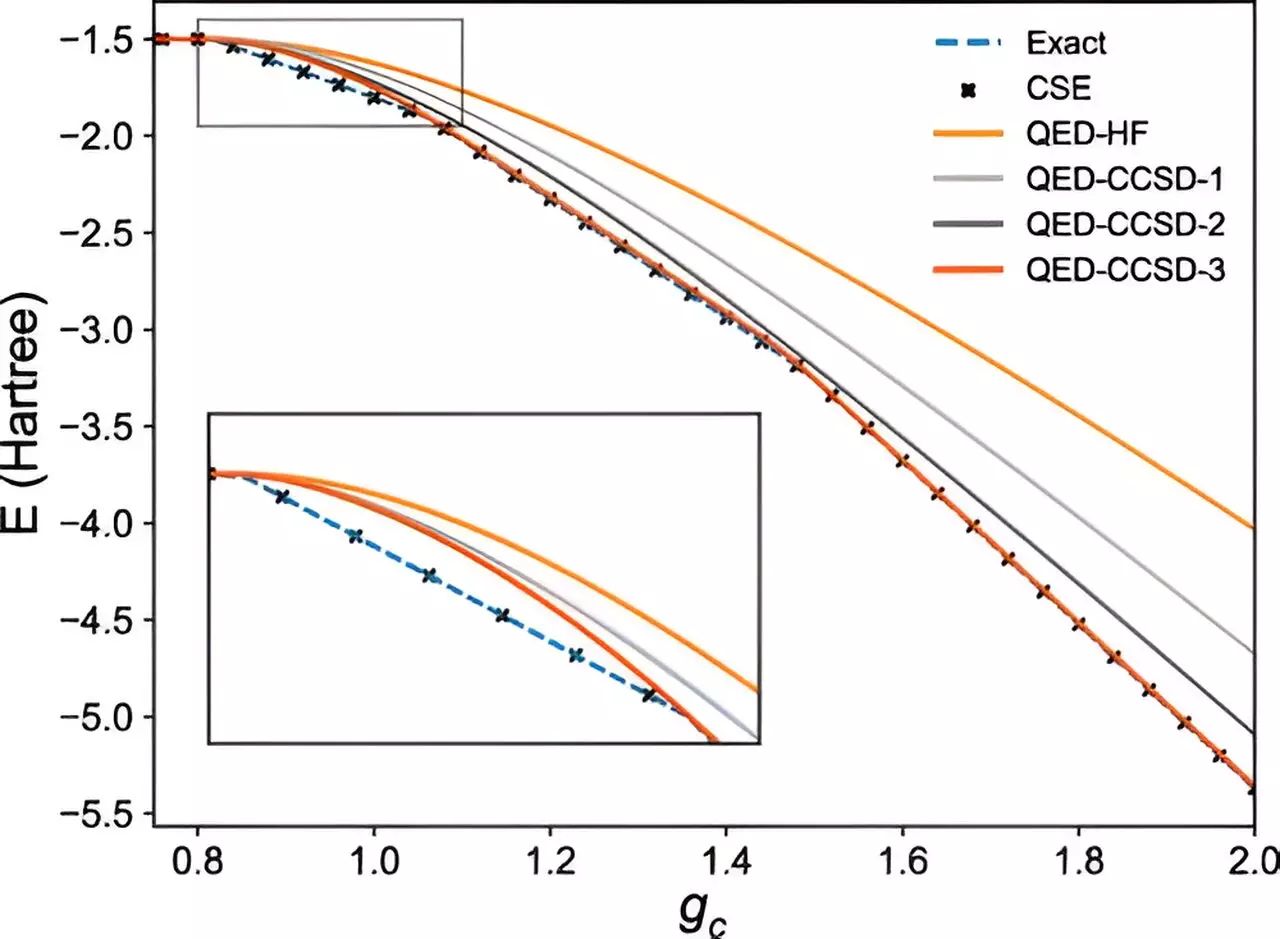Recent research conducted by the University of Trento in collaboration with the University of Chicago has introduced a groundbreaking approach to understanding the intricate interactions between electrons and light. This study not only sheds light on the fundamental aspects of quantum mechanics but also holds immense potential for the development of quantum technologies and the exploration of new states of matter.
The study emphasizes the critical role of understanding the interactions between quantum particles, particularly when it comes to exploring new molecules and materials with unique properties. By delving into the realm of polaritonic chemistry, researchers aim to leverage light as a catalyst to initiate novel chemical reactions. This approach not only allows for the manipulation of light-matter interactions but also serves as a gateway to synthesizing new forms of quantum matter.
Navigating the complexities of quantum systems, which involve a myriad of elements such as electrons, photons, and phonons, presents a significant challenge. Calculating the wave function of such systems, which encapsulates crucial physical information for predicting the behavior of multiple types of quantum particles, remains a daunting task. However, the research spearheaded by Carlos Leonardo Benavides-Riveros and David A. Mazziotti introduces a theoretical framework that addresses this complexity.
The researchers devised an “ansatz,” a theoretical construct that facilitates the prediction of interactions within a many-body quantum system using a quantum computer. This ansatz was further extended to encompass systems comprising diverse quantum particles, such as electrons, photons, and phonons. By simulating a universal quantum algorithm on an IBM quantum computer with zero theoretical error, the researchers demonstrated the efficacy of their approach.
The innovative methodology developed by the research team paves the way for generating precise prescriptions for many-body quantum systems with multiple types of particles. By leveraging quantum devices, these prescriptions can yield exact wave functions, offering unparalleled insights into the states of matter. This breakthrough also holds promise for advancing the field of quantum computing and modeling complex molecular problems in light-matter interactions.
As noted by Benavides-Riveros, the integration of photons and other quantum particles alongside electrons opens up new avenues for exploring the intrinsic properties of quantum systems. By harnessing a universal formulation to decode the wave functions of such systems, researchers can unravel the underlying physical properties and unlock new frontiers in quantum research. Mazziotti further highlights the potential of quantum computers in revolutionizing molecular studies in fields like polaritonic chemistry.
The collaborative research conducted by the University of Trento and the University of Chicago represents a significant leap forward in the realm of quantum technologies. By redefining our understanding of electron-light interactions and propelling the capabilities of quantum computers, this study not only enriches our knowledge of quantum mechanics but also charts a new course towards innovation and discovery.


Leave a Reply
You must be logged in to post a comment.